In my last article, “Programming For The Best Football Agility Drills”, I broke down the fifteen components of an effective agility program. This led to the question, “How can I create great football drills, and what should be incorporated into these drills?”. A process for creating great football drills involves a step by step approach of:
Step 1: Create a Plays v. Football Skills Spreadsheet
Step 2: Create a Skills v. Football Drills Spreadsheet
Step 3: Integrate Athletic Movement into Football Drills
Step 4: Create Daily Practice Plans
Personally, I have found that going through this process has allowed me to have the most efficient use of my individual periods, to ensure that I cover and review everything my athletes need, and to maximize skill and athletic development. This is a situation where even if you do not use my process, you will still need a process.
STEP 1: CREATE A PLAYS v. FOOTBALL SKILLS SPREADSHEET
It is impossible to create great football drills if you do not know what to practice. Make a spreadsheet that lists all plays and what skills, jobs, or roles that correspond to each position. Here is a low-level example and your spreadsheet will be much larger and more detailed:
Once this is completed for each position, there are a couple questions that should be asked:
- Are there any plays that require a player/position to do something they cannot?
As high school coaches this has to be a yearly conversation because our weaknesses change every year with our ever-changing line-ups. At most high schools, adjusting to our players’ skills is a must and very few programs have the luxury of being able to reload each year with similar talent.
- If players cannot currently perform certain tasks, what drills or exercises will help to fix the problem?
When designing an off-season program, offensive and defensive schemes should influence programming. If a team plays a lot of man-to-man, they should play a lot of tag games. If a team runs the wishbone, they should concentrate on building muscle and power for their offensive lineman. Even though 90% of our off-season programs should be the same, there are some emphases that should drive a team’s programming.
- Are there any play adjustments that would eliminate a player from only having to do a particular skill for only that one play?
For example and if the X never has to run a Drag except for one play, that play might need to be adjusted so someone who more frequently practices and performs this, in a game, can perform that task.
- How can I incorporate the players’ required skills into my drills?
The good news is many skills can be incorporated into one well designed drill. In “STEP 2”, the process of creating drills to address skills begins.
- Are we practicing any of the required skills in Individual, Group, & Team Periods?
You might not have to design a drill for every skill because many skills organically get performed during certain practice periods. With Wide Receivers, I did not do a lot of individual football drills for releases and stems, except when doing baseline teaching. I knew we would get to those skills, when we worked with the defensive backs, and it was more efficient since the defensive backs gave us a better look than my receivers. I also intently concentrated on coaching releases and stems during 7 on 7 and Team periods.
STEP 2: CREATE A SKILLS v. FOOTBALL DRILLS SPREADSHEET
After the list of required skills is finalized, a list of drills should be created to ensure that most skills are taught within the drills. I would have to create new drills, adjust current drills, and I would have to find them from other coaches. During the off-season, try out these new drills and find out if they are teaching the athletes what you intended. Sometimes I would realize that even though the drill looked great at the clinic, I needed to do a better job coaching the details of the drill and needed to do more research. I would eventually have a comprehensive list of drills but it was an ever-evolving spreadsheet.
STEP 3: INTEGRATE ATHLETIC MOVEMENT INTO FOOTBALL DRILLS
No matter what position you coach, running, jumping, cutting, and reaction need to be incorporated into the drills. Take the fifteen components in my previous article and try to incorporate those skills within your drills so you can continue to work on total athletic development. The goal was always to be the most athletic we could be by the time the playoffs began. Here are a couple of ideas on how to integrate skills within your drills for different positions:
- Add ball drills to the end of cone drills.
- Add your route tree or the “tops of routes” to the end of cone drills.
- Have your athletes throw, pitch, or catch footballs and/or medicine balls during footwork drills. The neurological connection between the upper and lower bodies is essential and is not as natural as I thought it would be. For my Wide Receivers, I would throw or toss balls to them while they were going through agility bags because most athletes will stop their feet while catching the ball. If Wide Receivers stop their feet while catching, it is hard for them to break tackles.
- At the end of agility cones or bags, defensive players can integrate tackling, fumble recovery, pass rush moves, block destruction, etc.
- The Offensive Line can do the W-Drill where during the “backpedal sections” they can kick-slide and during the “forward sections” they can use their “working to the 2nd level” footwork.
- Practice different starting positions and releases in each drill. Wide Receivers will need to practice starts and releases against zone, man, coming out of motion, and in a Universal Athletic Position. Defensive backs will also need to work their footwork at a variety of angles and in their zone and man stances.
- While sprinting, make each athlete turn their head to look sideways and behind them. Most athletes will slow their feet down when they turn their head which leads to a variety of problems on deep balls.
- Integrate sprinting into every position’s drills. This is pretty easy to do with “skilled position” players but is hard to do with lineman. Lineman sprints can be incorporated during screens and pursuit and this is very important because most championships are won with great offensive and defensive lines. We also know how important speed is for lineman because whoever gets their second step down first wins.
- Quarterback coaches have to be intentional about programming sprinting and agility during drills and/or transitions between drills or periods. Even in all of the successful programs I have had a chance to work with, I have yet to see a practice that I thought helped one-way quarterbacks develop athleticism while also being physically demanding.
STEP 4: CREATE DETAILED DAILY PRACTICE PLANS
The last step is to take your drills and create detailed daily practice plans. Some considerations for designing your weekly individual practice periods are:
- Match your drills with the daily installation schedule. Know what schemes and plays are installed each day so your drills can reflect the required skills.
- After watching the film of your next opponent, make a list of skills and techniques that your position needs to perform well. After that list is made, pick your weekly drills. It is a good idea to do this process together as an offensive or defensive staff so you can design quality individual and group periods.
- After watching the film of your previous game, ask yourself, “Did my week’s drills show up during the game?” Also while watching film, grade your players by skills and performance standards. Grading in this manner kept me from just watching the ball while watching film. After the grades are completed, make a list of skills that your players are struggling with and add those skills to your next week’s plan. It is also great to know what the players are performing well so you are not spending too much time on things they already do proficiently. After watching the film for the example score sheet below, I had to do a better job getting my players to block until the whistle.
- It is very important to organize your weekly drills so athletes are getting the most out of a practice and it is hard to adjust a plan if you do not know what the plan was. Check off your list as you go so everything gets covered.
FINAL THOUGHTS ON FOOTBALL DRILLS
The first time you create these spreadsheets and lists it will take a very long time but it will be worthwhile because it will make you a better coach and create more success for your athletes. Also, this process gets easier each year because you only have to make changes to your existing docs. Do not hesitate to add good drills or concepts to your list, even if you do not think you can use them yet, because you might need or want them later. While going to clinics, I made a “Clinic Ideas” doc and kept any good ideas I heard.
I would like to thank the following coaches for contributing to the article:
Evan Dreyer – Head Football Coach at Anderson High School in Cincinnati, Ohio
Nick Leone – Head Football Coach at Mariemont High School in Cincinnati, Ohio

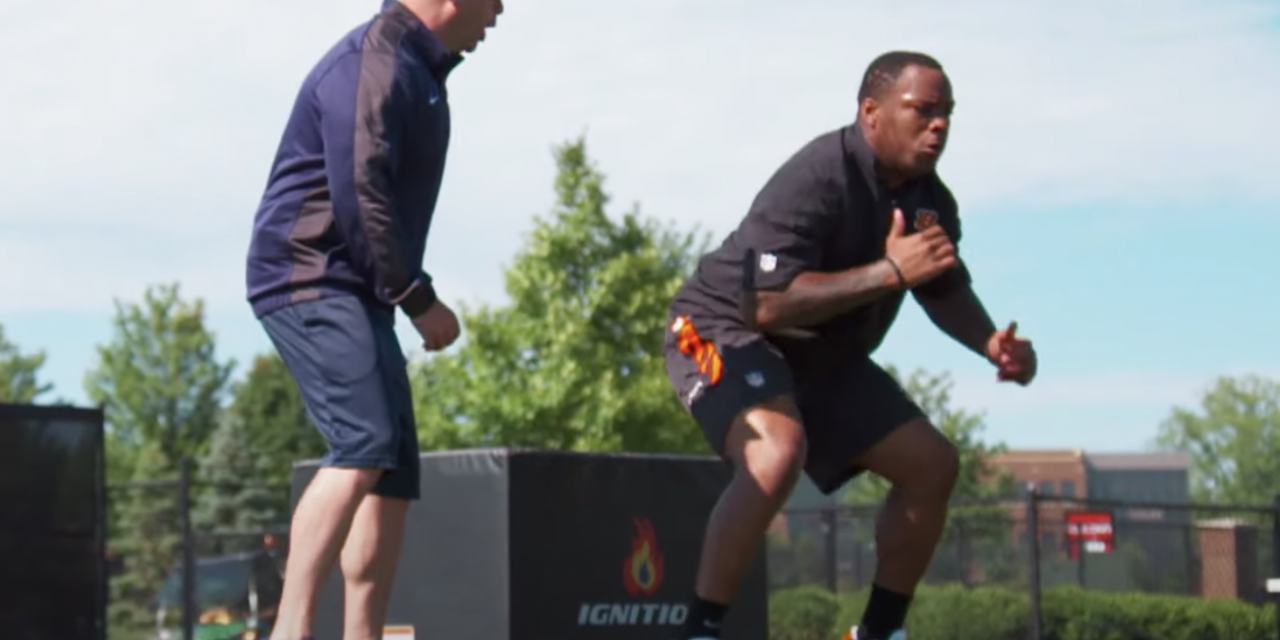
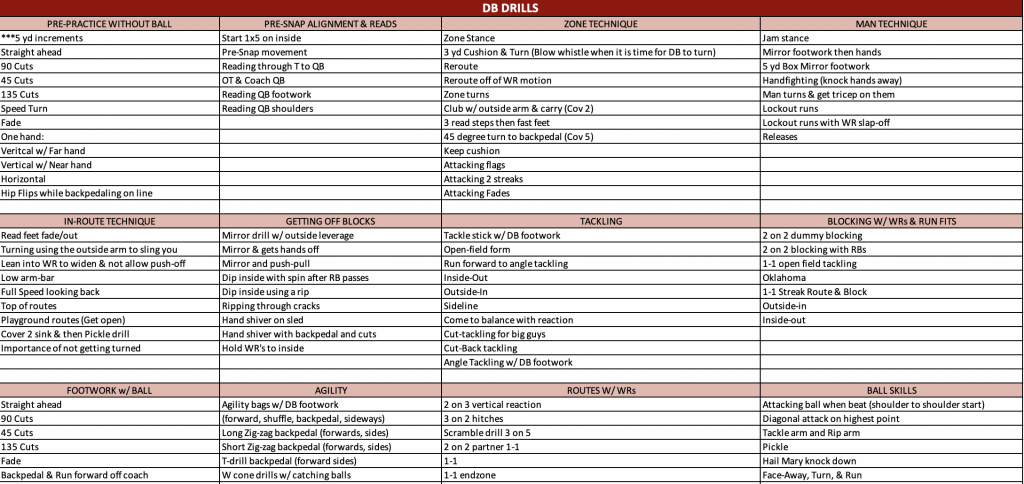
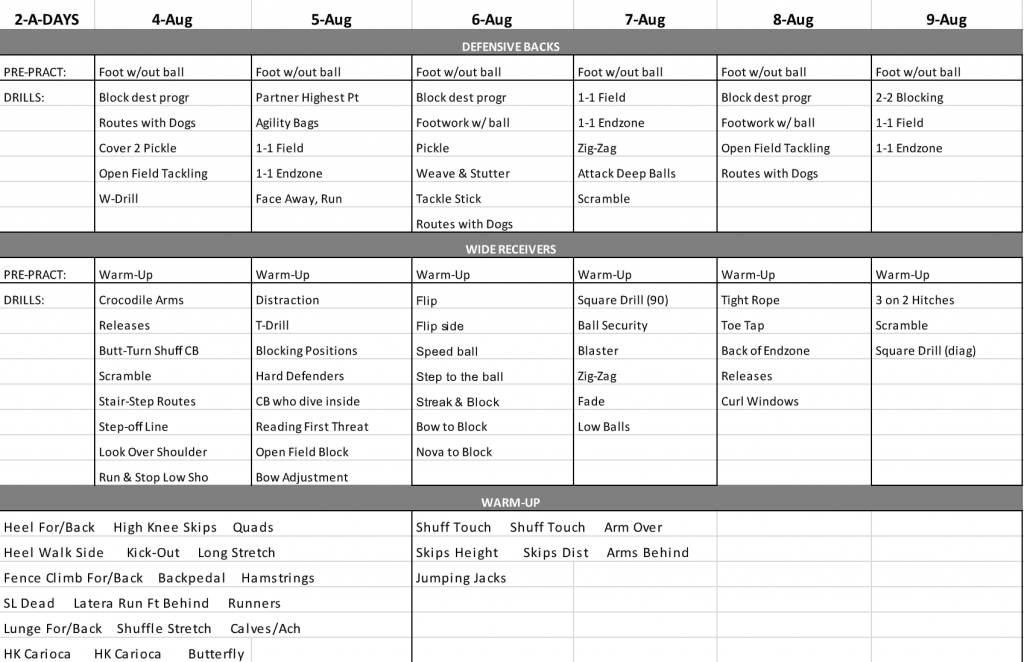
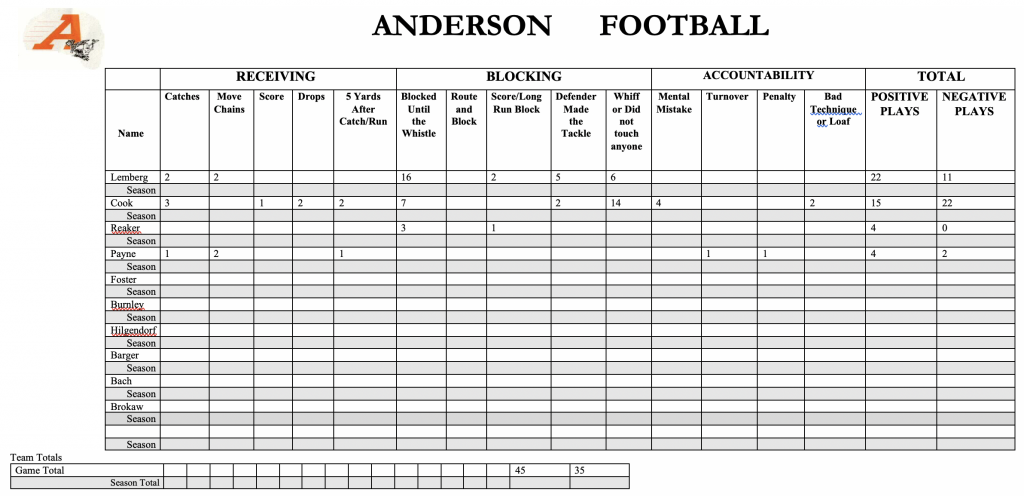
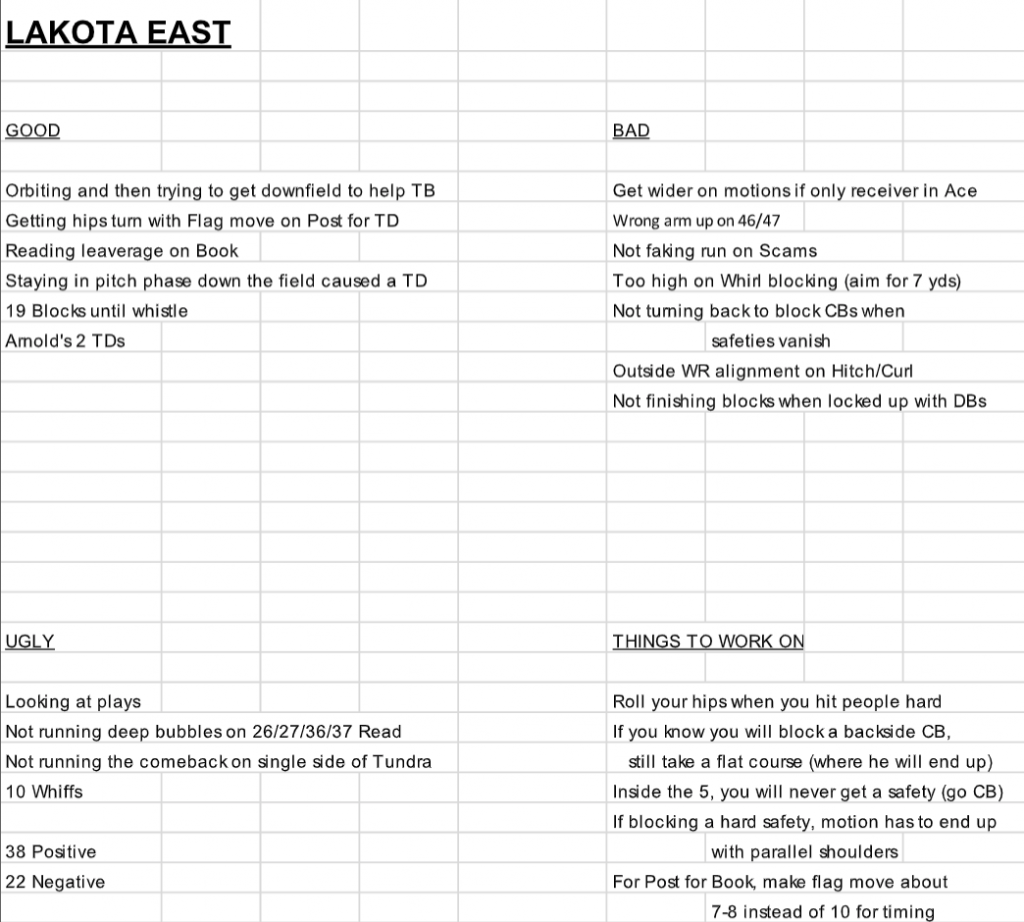
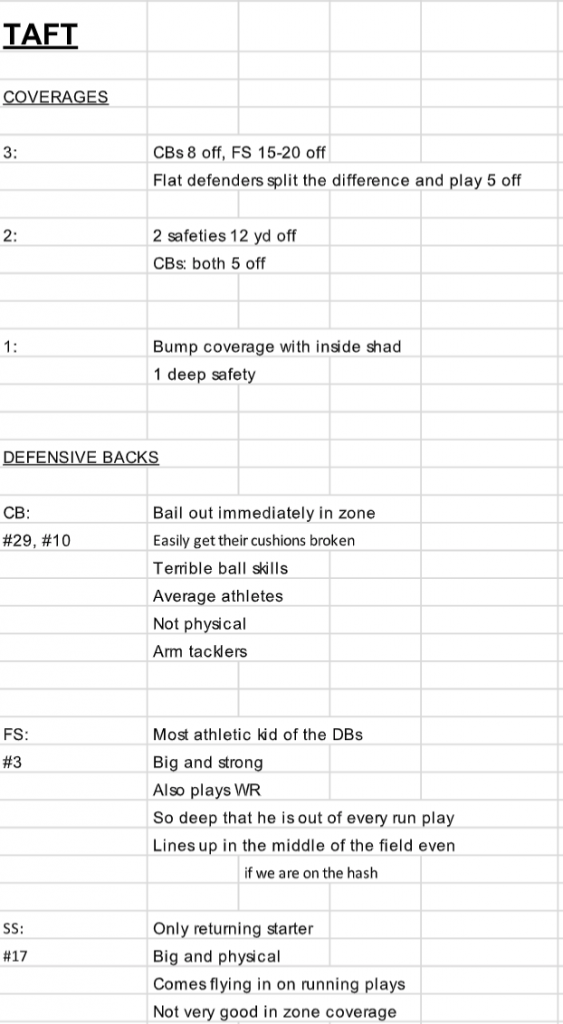
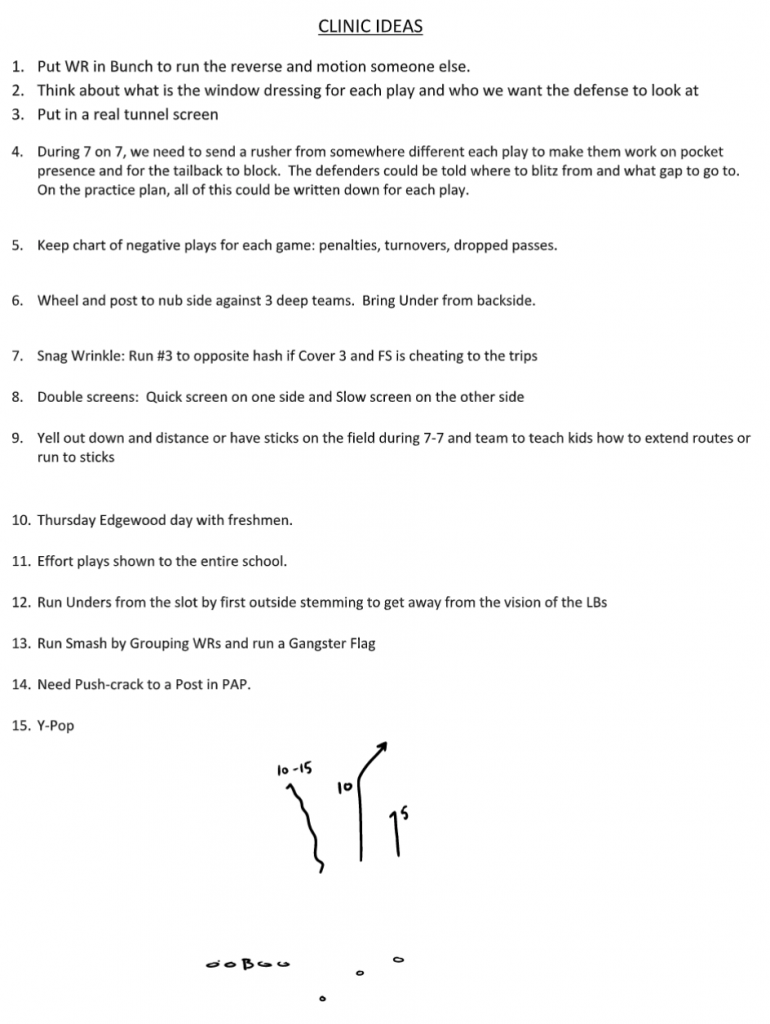

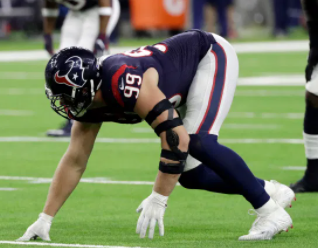

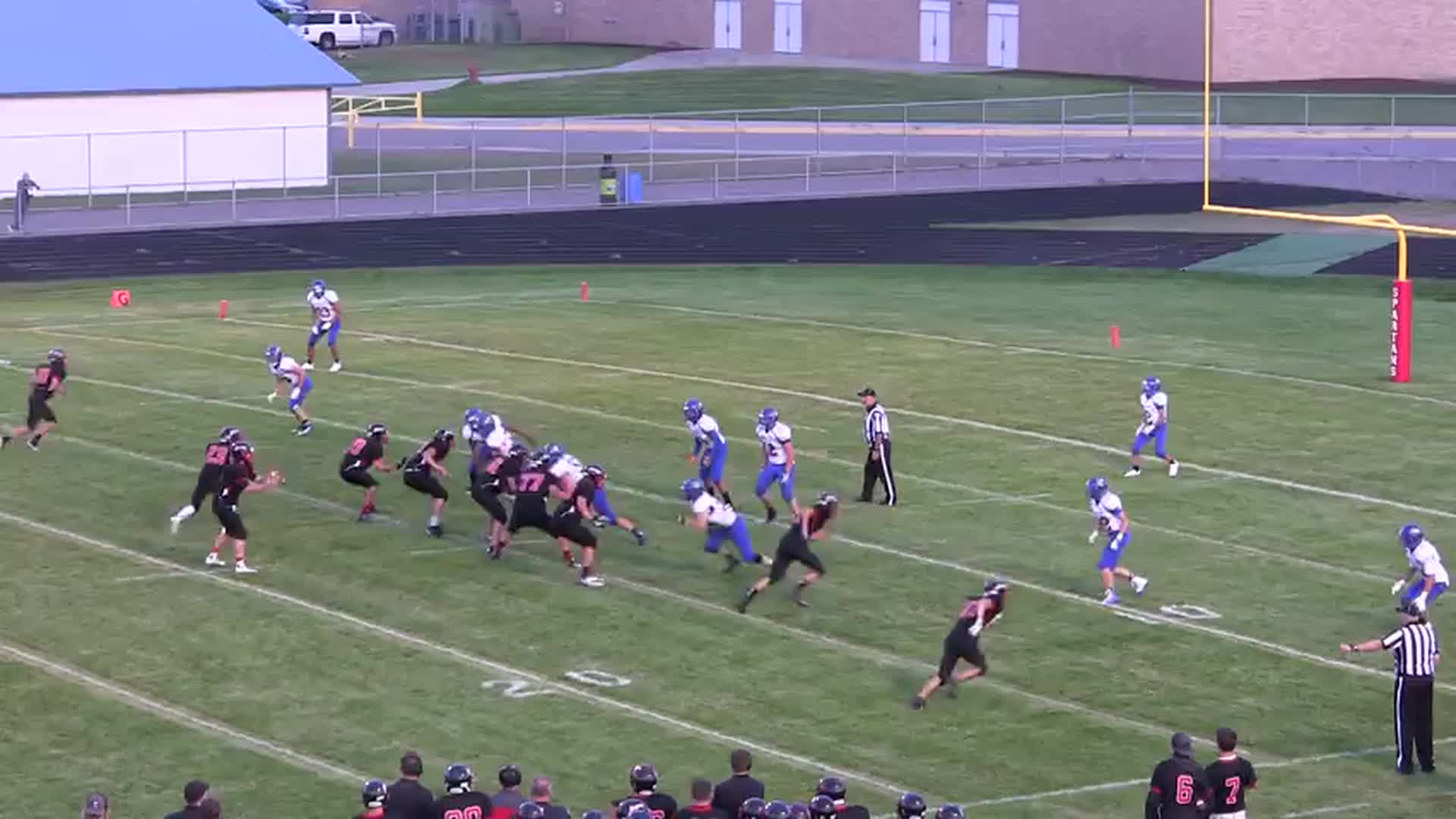
Coding is not a necessary skill in data visualization and analysis in this article, we will show you the Best No Code Tools that are easy to use, have great graphic designs and contain more features to make your visualization sophisticated.
Read More: https://ppcexpo.com/blog/best-no-code-tools